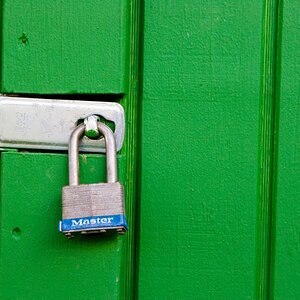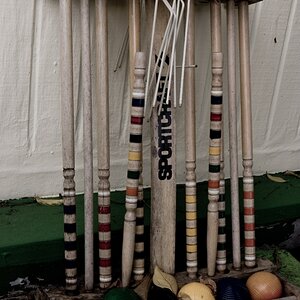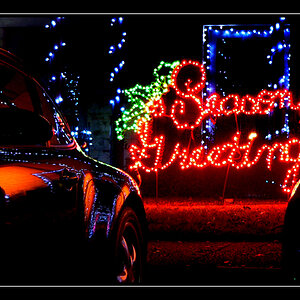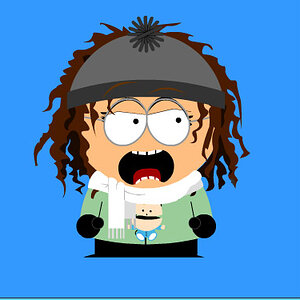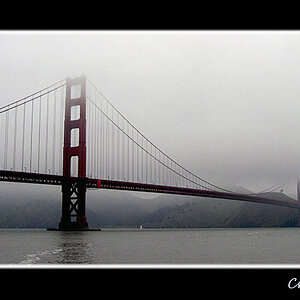zbo2408
TPF Noob!
- Joined
- May 8, 2008
- Messages
- 170
- Reaction score
- 1
- Location
- Charleston, SC
- Can others edit my Photos
- Photos OK to edit
A few days ago I started a thread about which Canon DSLR to get. I am pretty much locked onto the 40D... which looks like it uses EF & EFS lenses.. I think.?
Now for lenses, I may not buy all these now, but could ya'll show me some lenses for :
Macro
Tele Photo / Zoom tele photo & (What is the difference between the two)?
Wide Angle Lens
Standard all purpose general lens if there is such a thing... I guess like an 18-75 or something....?
I am almost 100% ignorant about lenses, so plz explain everything you can, Thanks!!
Now for lenses, I may not buy all these now, but could ya'll show me some lenses for :
Macro
Tele Photo / Zoom tele photo & (What is the difference between the two)?
Wide Angle Lens
Standard all purpose general lens if there is such a thing... I guess like an 18-75 or something....?
I am almost 100% ignorant about lenses, so plz explain everything you can, Thanks!!


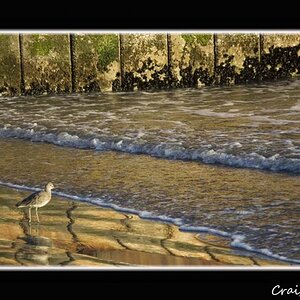
![[No title]](/data/xfmg/thumbnail/34/34119-711b53445c011079fb89b6f42682ed00.jpg?1619736289)
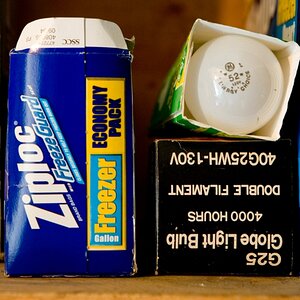
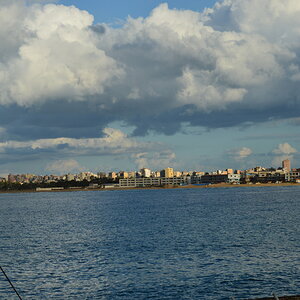
![[No title]](/data/xfmg/thumbnail/34/34120-9085bc65df236ba03977d33a60b852d3.jpg?1619736290)
